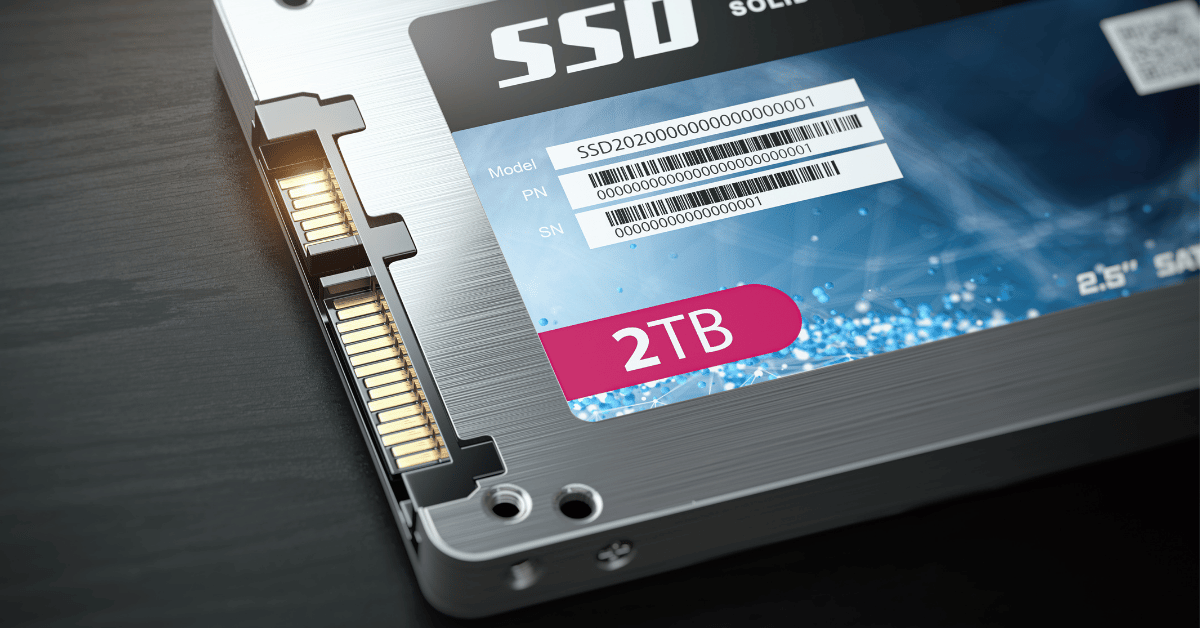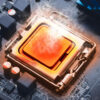There is a reason why durable solid state drives (SSDs) have become so popular across a wide range of applications and industries. They are faster and more compact than traditional hard disk drives (HDDs), immune to magnetic fields, have no moving parts, and can endure more vibration and shocks than standard magnetic platter disks. And the best part is, SSDs are becoming available in larger and larger capacities while also becoming more affordable.
Types of Durable Solid State Drives
There are different types of durable solid state drives in the market today, and innovations in the technology continue at a rapid pace. Industrial grade SSDs are capable of delivering superior and more reliable performance, consume less power, and can effectively operate in tough environmental conditions. SSDs are generally based on 4 different NAND cell technologies:
Single Level Cell (SLC) (One Bit Per Cell)
It is not required to keep a close eye on electron locations when one bit is stored per cell. In other words, a few electrons migrating is nothing to worry about. Since only a 0 or a 1 is being stored, it is vital only to precisely verify if voltage flows or not.
Multi-Level Cell (MLC) (Two Bits Per Cell)
As the name suggests, two bits per cell are stored in MLC. As calculating voltage threshold becomes more complicated, more precision is required. The 00, 01, 11, or 10 must be distinguished. Migrating electrons come with a relatively larger impact compared to SLC so the insulator can’t deteriorate as much.

Triple Level Cell (TLC) (Three Bits Per Cell)
Three bits are stored in TLC like 001, 010, …110 and 111. The impact of migrating electrons is bigger than in MLC so it further minimizes the insulator wear that’s tolerable.
Quad Level Cell (QLC) (Four Bits Per Cell)
Four bits i.e., 16 potential combinations of 0s and 1s are stored in QLC. Migrating electrons have the biggest impact here. Because NAND cells are worn more when writing data as against worn negligibly when reading data, QLC is considered ideal for read-centric workloads. The insulator wears faster when writing and rewriting a lot of data.
Note that the less wear-enduring NAND cells are, the greater they are at read-centric applications and workloads. Every succeeding technology for NAND enables it to store an additional bit. If a NAND cell has fewer bits, the technology is faster, more energy efficient, more reliable, but also more expensive. SLC SSDs are considered the most durable solid state drives as they can withstand more writes, compared to QLCs.
The important factor you need to consider is how a SSD will perform in your specific application. There are several different reliability and performance criteria depending on whether the SSD will be used in an exploration vehicle on Mars or a personal computer!
Accelerated Memory Production Inc., The Leading Manufacturer of Most Reliable & Durable Solid State Drives
AMP Inc.’s industrial solid state drives provide long usage life, efficient responsiveness, and dependable performance to accomplish mission-critical tasks. Our SSDs are built to endure the harshest operating environments, and they come in different form factors for a variety of industrial and enterprise applications. To know more about AMP Inc.’s extensive range of reliable solid state drives and other products, call us at 714-460-9800 or reach us online.





